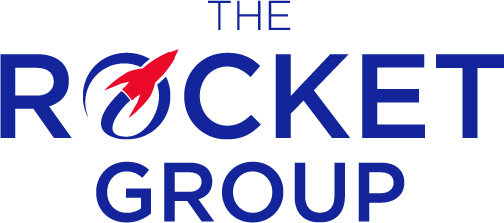Six Sigma - The Rocket way
Six Sigma is a disciplined, data-driven methodology used in business and process improvement to identify and eliminate defects, errors, and variations in processes and products. It aims to achieve high levels of quality and efficiency by reducing process variation and minimising waste, leading to improved performance and customer satisfaction.
The term "Six Sigma" refers to a measure of process performance. Formally, it indicates how many standard deviations a process's output deviates from the desired target.
Practically for us, we use Six Sigma to review our project plans against the actual performance of each project. Using the key indicators we establish for ourselves, we can track that performance and look for where we didn’t hit our goal, determine why and whether that was a positive or a negative (not all mistakes are bad) and then instigate improvements.
The Six Sigma methodology we follow has a structured approach, using the DMAIC (Define, Measure, Analyse, Improve, Control) framework:
-
Clearly define the problem and objectives of the improvement project. Identify the critical processes and metrics related to the problem.
-
Measure the current performance of the process using data collection and analysis. Determine the baseline performance and the extent of process variation.
-
Analyse the data to identify the root causes of defects and variations. Use various statistical tools and techniques to pinpoint areas for improvement.
-
Develop and implement solutions to address the identified root causes. Use data-driven approaches to optimise the process and improve performance.
-
Establish controls to sustain the improvements over time. Develop monitoring systems to ensure that the process remains stable and continues to meet desired performance levels.
We use Six Sigma to improve our processes, reduce errors, enhance our customer satisfaction, and increase overall operational efficiency. By reviewing every project against the DMAIC framework, we continuously improve our approach, from how we communicate, to our choice of materials, to the ways in which we design our solutions.
